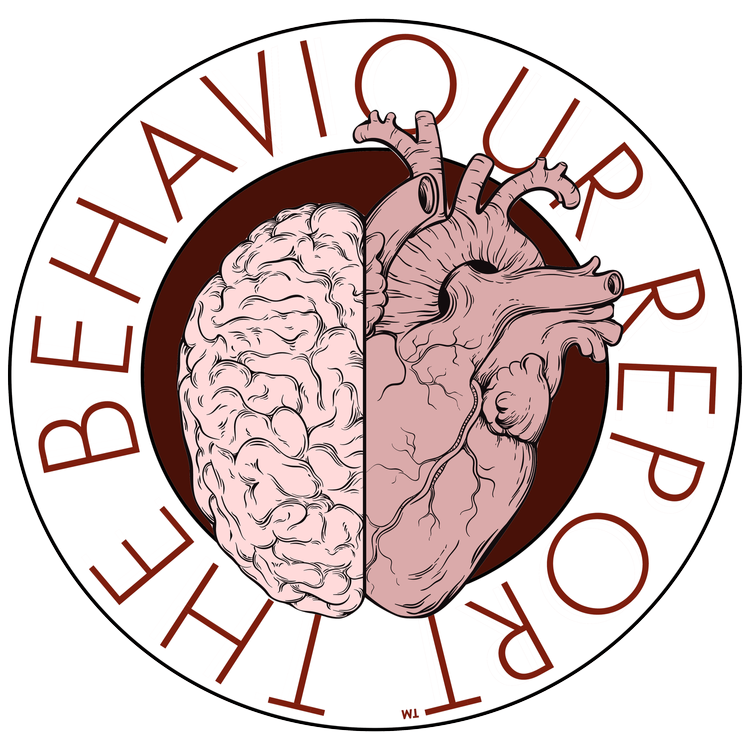Dan Gregory @DanGregoryCo
Understanding communities used to be easy. In the past, communities were largely homogenous where most people knew their neighbours and friendly communities would even acknowledge those they didn’t know well with a nod in the street.
But today, many of us struggle to recognise, much less name our neighbours, and choose instead to walk at pace, head down and headphones in, in a desperate attempt to avoid eye contact lest we initiate human interaction.
A practice brilliantly portrayed in The Mash Report’s “Northerner terrifies Londoners by saying ‘Hello’” skit, seen here.
In fact, communities and even the very concept of community are today far more likely to be found online that offline.
So, what happened?
One of the appeals of online communities is that it allows us to reach out to those who share our opinions and values, even if they do not share our geography or even demography. It allows us to feel connected and understood, especially when we feel like outsiders in the company of those around us. This is, of course, a tremendous positive to those who might have felt isolated in times past.
Compounding this is the fact that the internet and social media amplify that effect, creating filter bubbles where our own opinion is justified and repeated back to us (how reassuring). This leads to downsides too - increasing polarisation within communities, a reluctance to find common ground as well as questions we’ve never had to answer before.
For instance: In a world where communities are built online and threats to that community come from our geographic neighbours (eg. home-grown terrorists), who should the military protect? Where should our loyalties lie? And how might borders need to be defined in the future?
So, what does this all mean?
Firstly, if we want to be better informed, we need to explore opinions beyond our own, to actively cultivate diversity of opinion in our online activity and a little open-mindedness in our conversations. In doing so, we reduce the risk of biases and blindspots clouding our thinking and strategies.
Additionally, it makes a capacity to foster alignment as critical as any effort to build engagement in our communications strategies.
It also means that if we want to build communities, to reach new customers and to lead change in the world, we had better learn how to look beyond demography and get a little psychographic!
